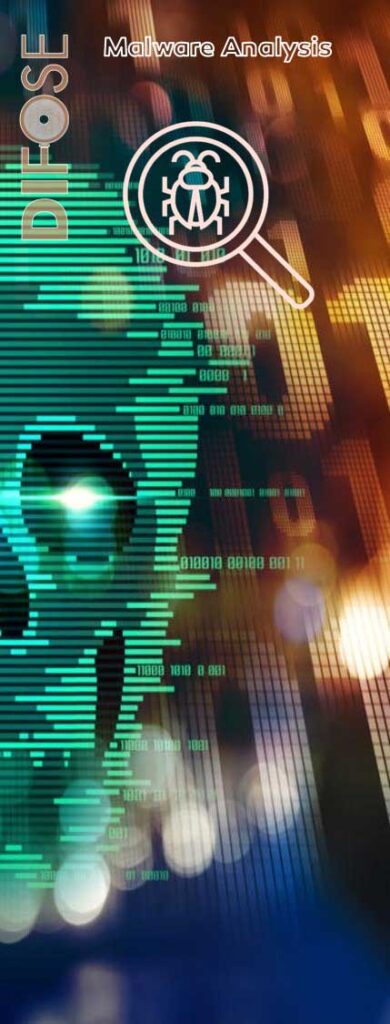Malware is everywhere in hundreds of different forms…

Malware is an umbrella term for all malicious software including viruses, worms, trojans, backdoors, and adware that are designed mostly by cybercriminals to target their victims with goals such as tracking internet activity, capturing sensitive information or blocking computer access, and unfortunately, there is no certain way of describing what each malware does, how they are delivered, or how each of them behaves at the target. It is like an ongoing arms-race between cybercriminals and researchers with lots of brilliant minds at each side. With the widespread usage of IT devices and the continuous connectivity in our age, it is an inevitable fact that your device will get infected with malware in one way or another at some point, meaning that your device will be the target or the means of cybercrime committed by a sneaky malware.
With the proliferation of malware attacks, it became a dire need to conduct malware analysis to understand types, nature, delivery & attack methodologies. In addition to solving your problem with malware-infected systems, these analyses will also provide insight into the development of effective detection techniques and efficient removal tools.
However, considering the huge number and the complexity of the threat, malware analysis requires a lot of know-how and experience along with effort, passion, and patience. Leveraging the years of coding and reverse engineering experience with lab capacity, DIFOSE malware analysts will be at your disposal whenever you need professional help.
Our analysts are capable of performing both static code analysis and dynamic malware behavior analysis in a safe sandbox environment. With static code analysis, they examine a malware file to get clues about the nature of the malware without actually executing the code whereas, in dynamic analysis, they run the malware in a sandbox that cannot be detected by any malware to examine & understand its behavior, functionality, and technical indicators.

